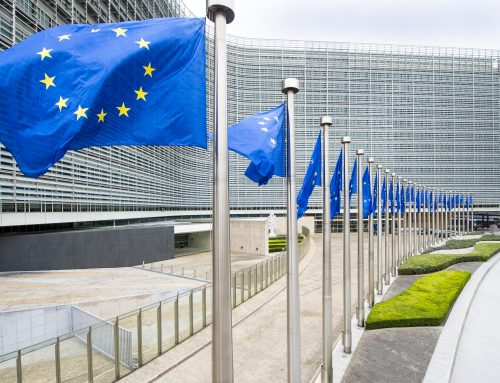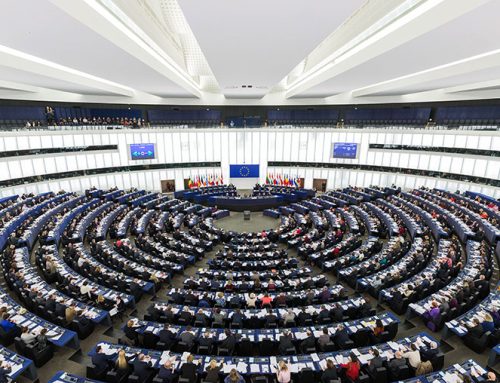Today the Commission has published the results of an assessment that looks at how Member States are implementing their national Roma integration strategies.
The assessment highlights how the situation of Roma has changed since 2011. Overall, the picture is slowly improving, for instance there is now greater participation of Roma in early childhood education and a declining rate of early school-leavers. On the other hand, the assessment also shows that as many as 80% of Roma are still at risk of poverty; although this figure is lower than in 2011.
First Vice-President Frans Timmermans said: “The EU is built on the values of tolerance and equality. These values are not yet enjoyed by every EU citizen, and that is not acceptable. Member States have to accelerate their efforts to improve Roma integration if we are to put an end to the prejudices, segregation and discrimination still felt by Roma today.”
Věra Jourová, Commissioner for Justice, Consumers and Gender Equality said: “Supported by the Commission, EU governments have put in place strategies to integrate Roma – this is important, but a first step. Now is the time for Member States to implement them and make a real difference to people’s lives. Nowhere is this more important than education. Roma children should have exactly the same access to schools as others. Education is the key to better integration into society, opening doors to jobs and a better life for everyone.”
The EU Framework for National Roma Integration Strategies has moved Roma integration higher up on national political agenda and helped set up the necessary goals, structures, funding and monitoring in order to improve integration across Europe.
However, in the areas of education, employment, health, and housing, improvements are unequal and modest, according to the assessment:
- Education: More Roma children participate in early childhood education and care (53% in 2016, up from 47% in 2011) – with most significant improvements in Spain, Slovakia, Bulgaria Hungary and Romania- and fewer leave school early (68% in 2016, declining from 87% in 2011). These figures are still too high and segregation in education remains an issue in some countries, with more than 60% of Roma children separated from other children in Slovakia, Hungary and Bulgaria.
- Employment: The growing proportion of young Roma who are not in education, employment or training (63% in 2016, up from 56% in 2011) is an alarming sign that the transition from education to employment and other areas is not effective. This rate has actually risen in Spain, Slovakia, Romania, the Czech Republic and Hungary.
- Health: The lack of basic medical insurance coverage remains acute in several Member States. For instance, half of the Roma population doesn’t have access to basic medical insurance coverage in Bulgaria and Romania.
- Housing: Access of Roma households to basic services (tap water and electricity) is improving, especially in Bulgaria, Romania, Slovakia and the Czech Republic, but Roma in Portugal, Czech Republic and Spain increasingly experience discrimination when it comes to access to housing, including social housing.
The Commission is calling for further and more coordinated efforts between the European, national, and local levels. This includes creating national Roma platforms, for example, which bring all these actors together to streamline the work with Roma communities. Member States must prioritise the fight against discrimination and antigypsyism, and focus on the integration of Roma youth, women and children.
Next steps
Based on the assessment published today, the Commission will define the post 2020 Roma integration strategy, as called for by EU Member States.
The Commission has also launched an evaluation of the effectiveness, relevance and added value of the EU Framework for National Roma Integration Strategies. All citizens, organisations, institutions and other stakeholders are welcome to express their views through the public consultation open until 25 October 2017.




